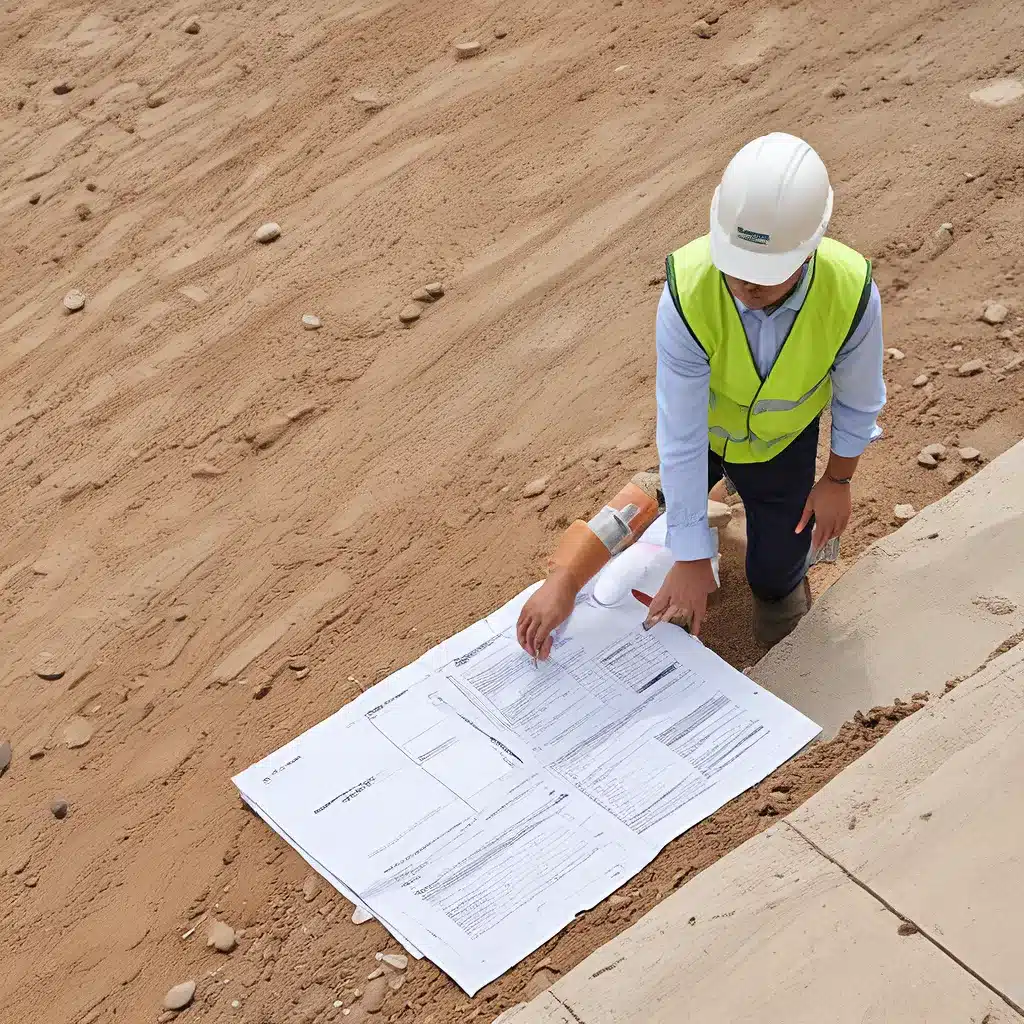
Ah, the age-old dilemma that plagues the construction industry – how do we build sustainably without sacrificing our bottom line? It’s a question that’s been keeping general contractors like myself up at night, tossing and turning as we search for the holy grail of eco-friendly construction.
Well, my friends, the search is over. I’m here to introduce you to the latest and greatest in green building practices that not only benefit the planet but also your business. So, pull up a chair, grab a cup of (sustainably sourced) coffee, and let’s dive into the world of eco-friendly builds.
The Rise of LEED: Pioneering the Path to Sustainability
If there’s one thing I’ve learned in my decades-long career, it’s that when it comes to green construction, LEED is the undisputed heavyweight champion. This globally recognized certification system has been leading the charge in sustainable building practices since its inception in the mid-1990s.
Think of LEED like the eco-friendly version of the Oscars for the construction industry. It’s the gold standard that everyone’s vying for, and with good reason. LEED-certified buildings are designed to reduce greenhouse gas emissions, conserve water, promote renewable energy, and create healthier indoor environments. It’s a one-stop shop for all things sustainable, and the numbers speak for themselves: over 197,000 LEED projects worldwide, spanning 186 countries and territories.
But LEED isn’t just a pretty certificate to hang on the wall. It’s a transformative force that’s shaping the future of the built environment. With the recent release of LEED v5, the program has taken a giant leap forward, addressing critical imperatives like equity, health, ecosystems, and resilience. In other words, it’s not just about being green; it’s about creating a built world that’s truly sustainable, equitable, and future-proof.
Sustainable Materials: Revolutionizing the Construction Toolkit
Now, you might be thinking, “Okay, LEED sounds great, but what about the nitty-gritty of actually building these eco-friendly structures?” Well, my friends, the construction materials of the future are here, and they’re about to blow your mind.
Gone are the days of relying on traditional, resource-intensive materials like steel and concrete. The latest green building materials are not only environmentally friendly but also incredibly versatile and cost-effective. Think bamboo floors, recycled plastic countertops, and even mycelium-based insulation (yes, that’s mushrooms, folks).
But the real game-changers are the materials that not only reduce our environmental impact but also actively sequester carbon. Take cross-laminated timber (CLT), for example. This engineered wood product is not only stronger and more durable than traditional timber, but it also stores carbon within its very structure, effectively removing it from the atmosphere.
And the best part? These sustainable materials aren’t just for show. They’re proving their mettle in the real world, with projects like the Phipps Center for Sustainable Landscapes in Pittsburgh, which achieved the coveted LEED Platinum certification. It’s a true testament to the power of innovation and the possibility of building a better, greener future.
The Healthy Building Revolution: Putting People First
But let’s be honest, sustainable construction isn’t just about the planet; it’s also about the people who inhabit these spaces. And that’s where the healthy building revolution comes in.
LEED-certified buildings aren’t just energy-efficient; they’re also designed to prioritize the health and well-being of their occupants. From improved indoor air quality to access to natural daylight, these buildings are crafted to create environments that nourish the mind, body, and soul.
And the benefits are tangible. Studies have shown that employees in LEED-certified spaces report higher productivity, lower absenteeism, and even increased job satisfaction. It’s a win-win for both the building owners and the people who call these spaces home.
But the healthy building revolution isn’t just about the indoor environment. It’s also about creating a sense of community and enhancing the overall quality of life. That’s where features like on-site urban gardens, bike-sharing programs, and accessible green spaces come into play. It’s about building not just physical structures, but thriving, sustainable ecosystems that bring people together and improve their overall well-being.
Building for the Future: Tackling Climate Change One Project at a Time
Now, I know what you’re thinking: “That’s all well and good, but what about the bottom line? How do these eco-friendly builds stack up in terms of cost and profitability?”
Well, my friends, the numbers don’t lie. LEED-certified buildings have consistently outperformed their non-LEED counterparts, commanding higher rents, lower operating costs, and even higher resale values.
But the true value of these sustainable builds goes beyond the financial. They’re a critical tool in the fight against climate change, and the impact they have is nothing short of staggering. LEED-certified projects have already contributed to a 50% reduction in greenhouse gas emissions, diverting over 540 million tons of waste from landfills and avoiding nearly 4 billion vehicle miles traveled.
And the best part? This is just the beginning. As the world becomes increasingly conscious of the urgent need to address the climate crisis, the demand for eco-friendly construction is only going to grow. By embracing sustainable practices and getting on board with LEED, general contractors like myself have the opportunity to not only future-proof our businesses but also play a crucial role in shaping a more sustainable built environment.
So, my friends, the choice is clear. It’s time to ditch the old ways and embrace the eco-friendly revolution. Because when it comes to construction, going green is no longer just a nice-to-have; it’s a necessity. And with the latest sustainable materials, LEED certification, and a renewed focus on healthy, community-oriented spaces, the future of construction has never looked brighter.
Now, if you’ll excuse me, I’ve got a LEED Platinum project to go plan. Reading General Contractor is about to make some serious waves in the world of eco-friendly builds. Care to join me?
Related posts:
No related posts.




